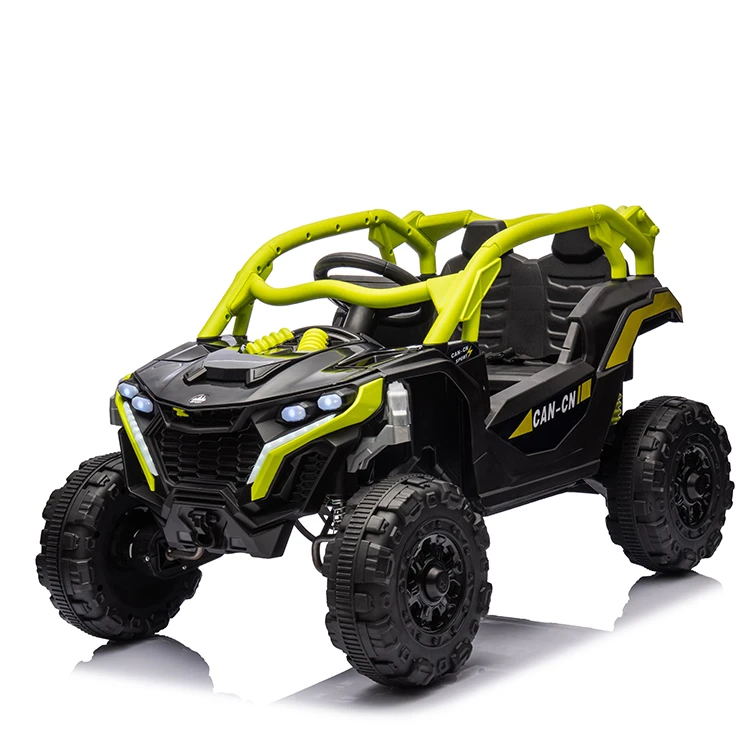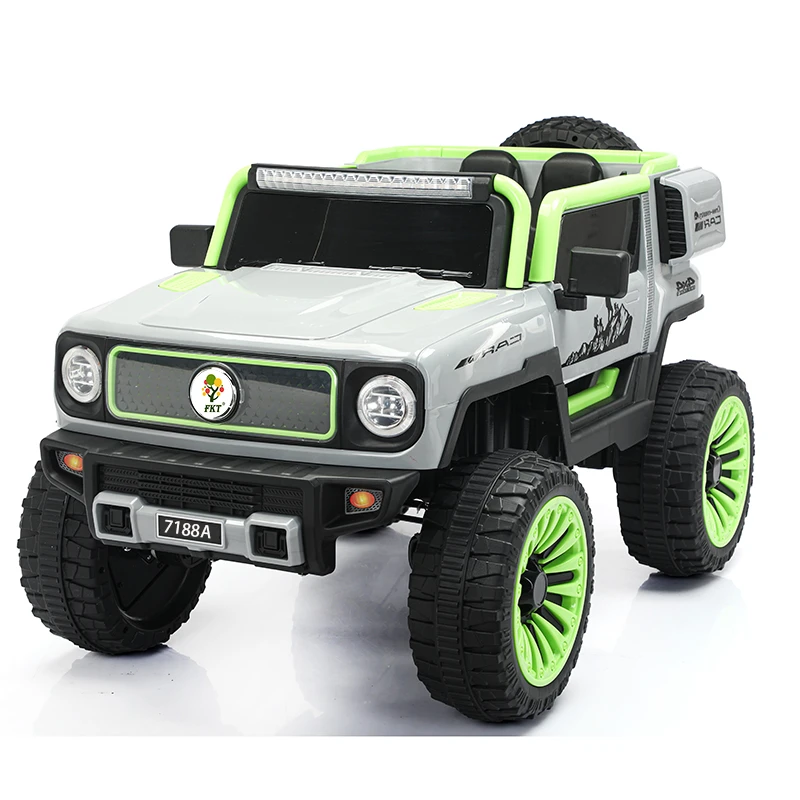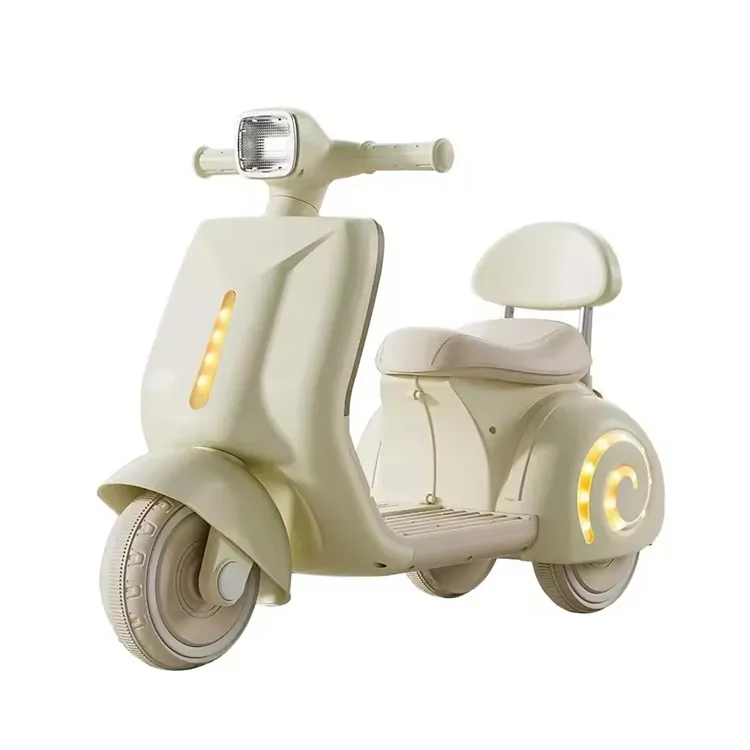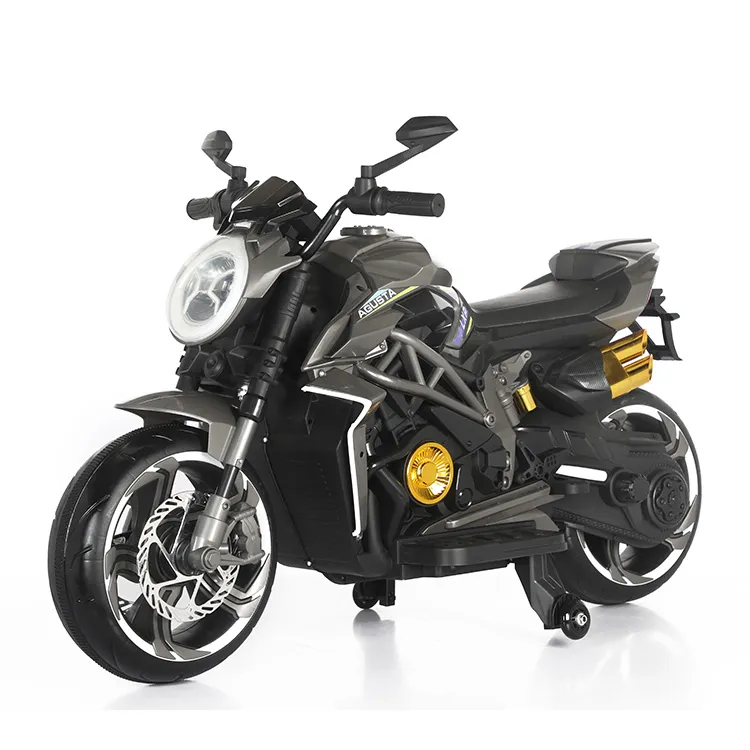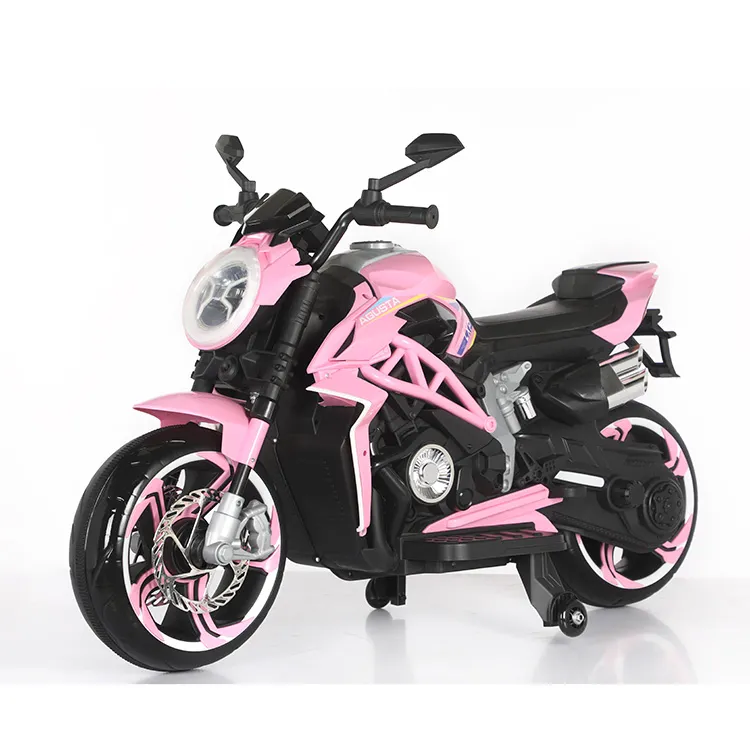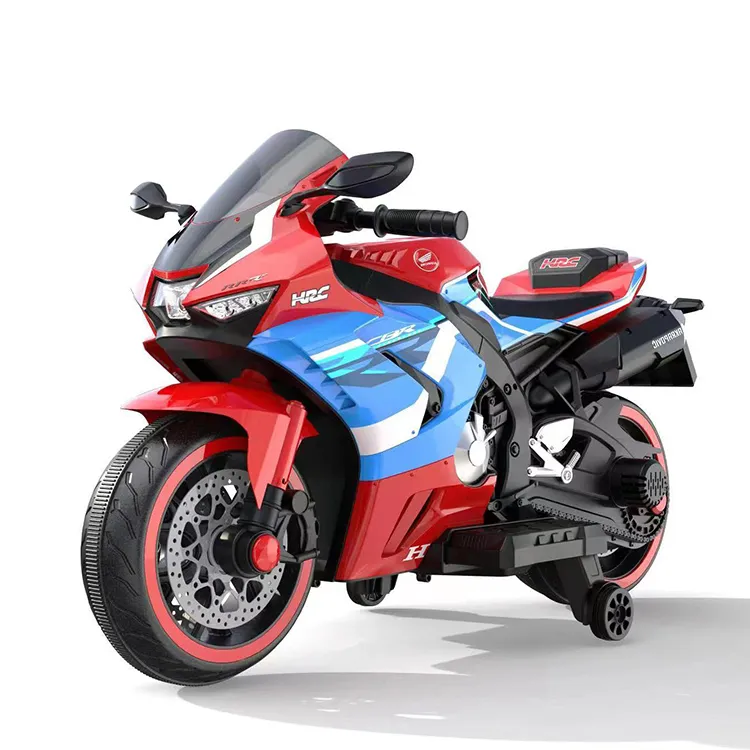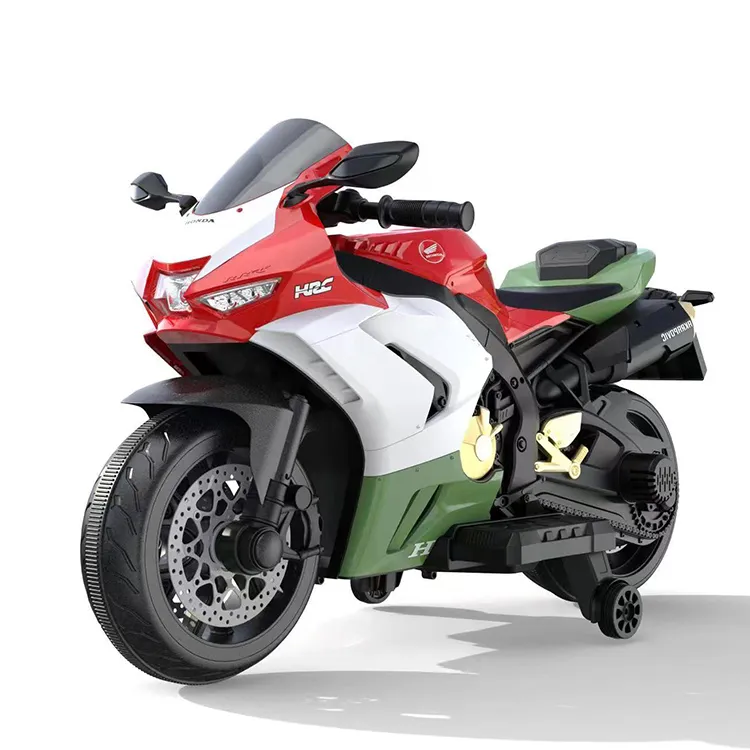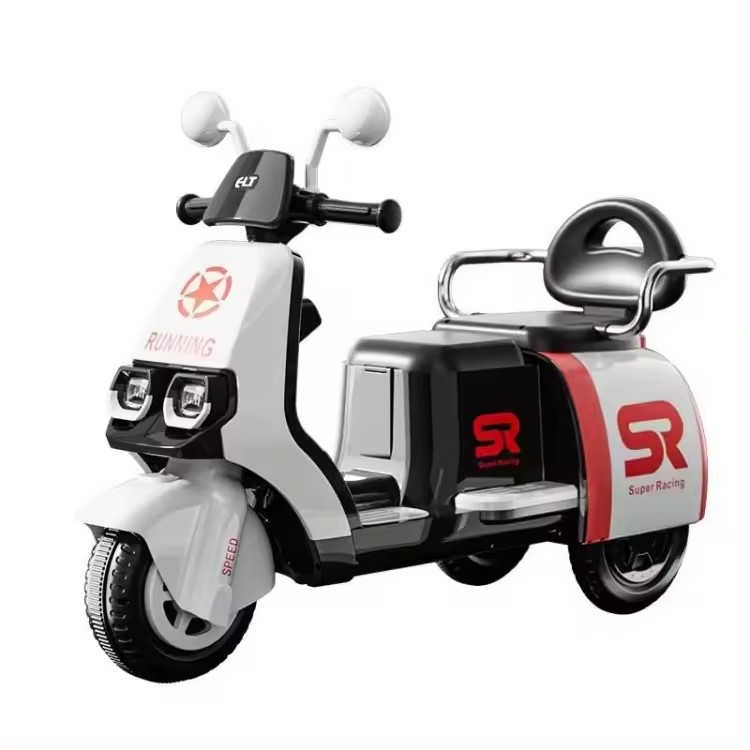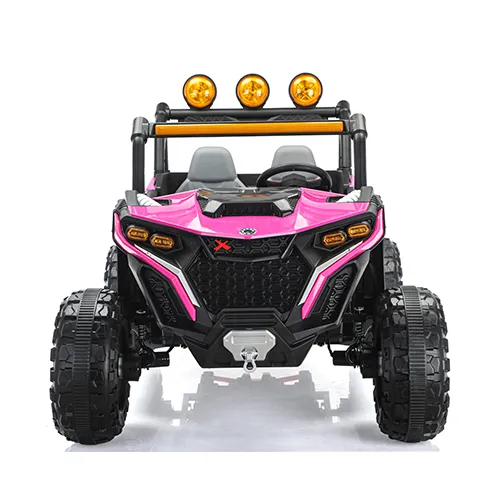Products
Electric ride-on cars offer a fantastic blend of fun and learning for children, providing a safe and engaging way for them to explore their surroundings. These innovative toys foster early driving skills and spatial awareness while delivering hours of entertainment. With realistic features such as working headlights, adjustable speeds, and interactive sounds, electric ride-on cars create an authentic driving experience that captivates young minds. Additionally, they promote outdoor play, encouraging children to be active and develop their motor skills in a controlled environment.
How Do Electric Toy Cars Work
Electric toy cars operate through a combination of simple electrical and mechanical systems designed to provide a realistic driving experience for children. At the core of an electric ride-on car is a rechargeable battery, typically 6V, 12V, or 24V, depending on the model's power requirements. This battery supplies the necessary electrical energy to the motor, which is responsible for propelling the car forward or backward.
When the child presses the accelerator pedal or pushes a button, it completes an electrical circuit, allowing current to flow from the battery to the motor. The motor then converts this electrical energy into mechanical energy, driving the wheels and moving the car. The speed and direction of the car can be controlled by a simple gearbox attached to the motor, which the child manipulates using controls on the dashboard or steering wheel.
Additional features such as working headlights, sounds, and music are powered by the same battery and operated through integrated circuits that manage these functions. Safety mechanisms, like parental remote controls and speed limiters, ensure that the ride-on car operates within safe parameters. Overall, custom ride-on toys combine basic electrical engineering with intuitive controls to create a fun and safe riding experience for children.
Types of Ride-on Toys
Ride-on toys come in various types, each designed to cater to different age groups, interests, and developmental needs of children. Here are some popular types:
Electric Ride-On Cars: Battery-powered kids ride-on cars that mimic real cars, often with features like working headlights, sounds, and adjustable speeds. Suitable for older toddlers and young children.
Push Ride-On Toys: Designed for younger children, these ride-on push cars are typically powered by the child's own movement, either by pushing with their feet or being pushed by a caregiver. They help develop balance and coordination.
Pedal Ride-On Toys: These require the child to pedal to move, similar to a bicycle. They help build leg strength and coordination and are great for preschoolers.
Balance Bikes: Two-wheeled balance bikes for kids without pedals that help children learn balance and steering before transitioning to a regular bicycle. Ideal for toddlers.
Scooters: Two or three-wheeled kid scooters that children can stand on and propel forward with one foot. They help improve balance, coordination, and gross motor skills.
Rocking Ride-Ons: Stationary toys that children can rock back and forth on. These are typically in the shape of animals or vehicles and are great for indoor play, promoting balance and rhythm.
Ride-On Trains: Often electric or battery-powered, these toys come with tracks and provide a fun, themed riding experience for young children.
Manual Ride-On Toys: Includes traditional toys like wagons and carts that children can push or pull, encouraging physical activity and imaginative play.

